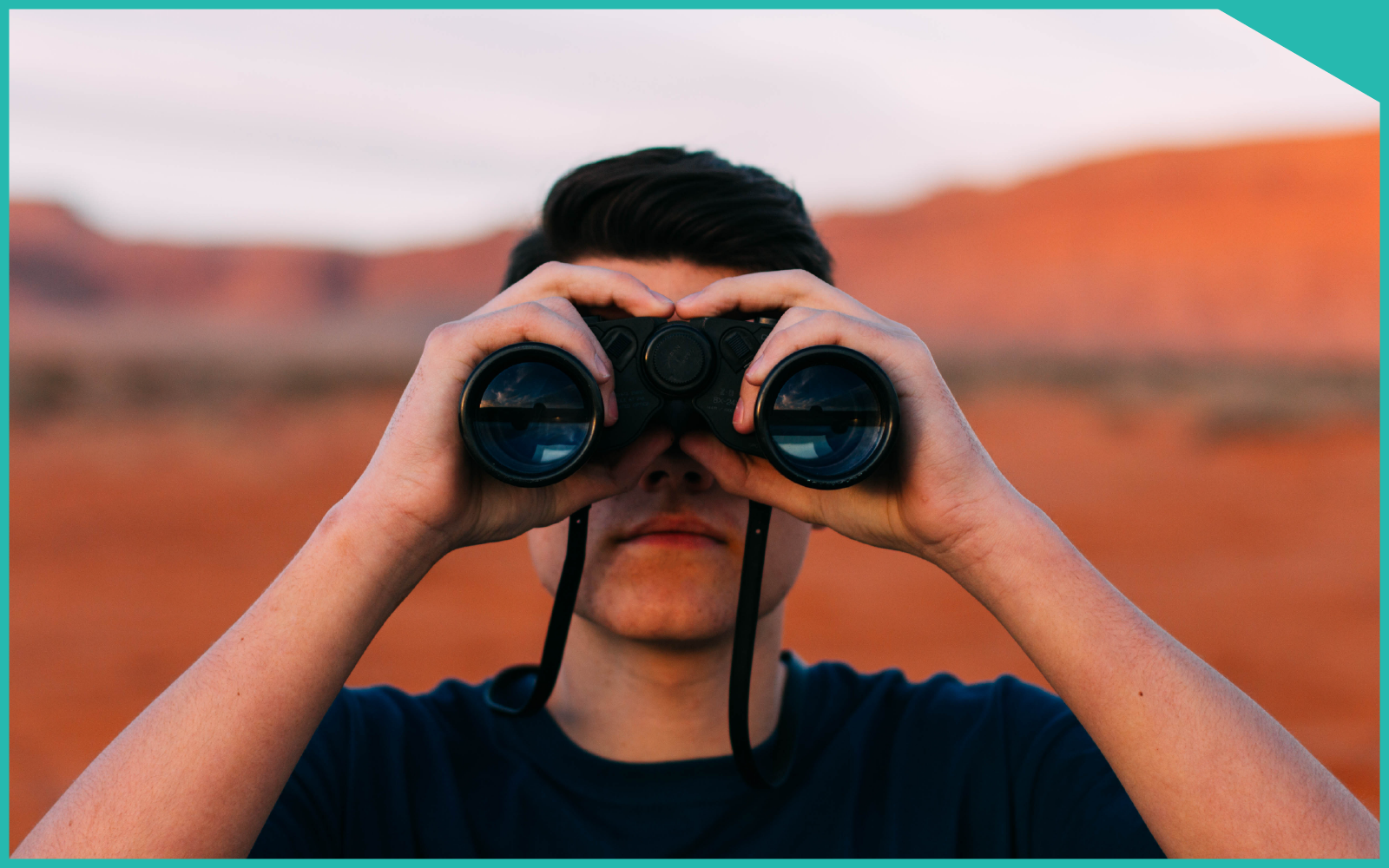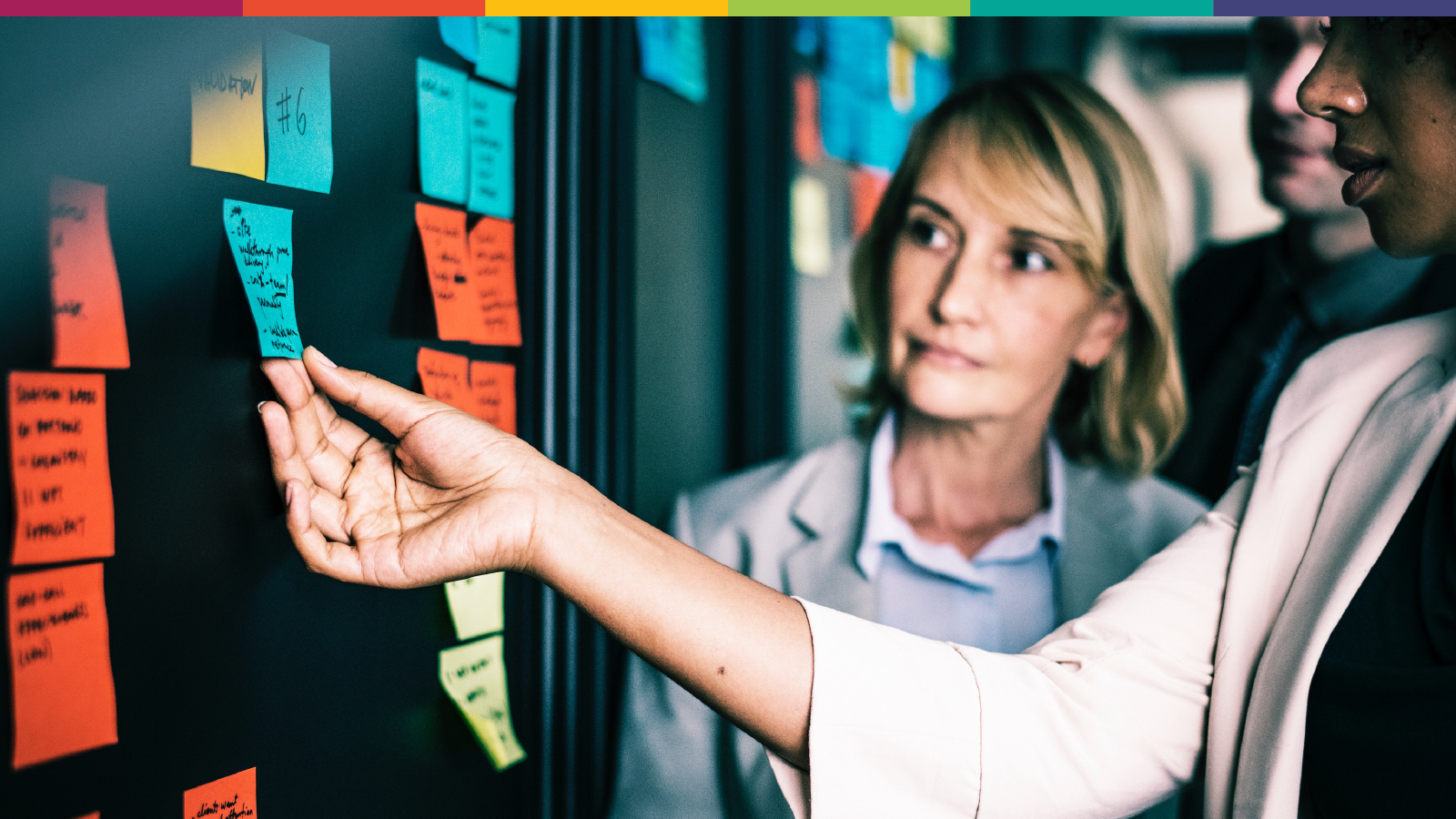Imagine being stuck in a 1,200 square foot dome for 365 days. Sound like fun? What if that dome also had five other people? (Oh gosh, you better like those people...) And what if the only way you could communicate was through email that took 20 minutes to send? (Cue the terrible memories of dial-up sounds.) And finally, what if that dome was on the side of a volcano?? (This deal is getting worse and worse.) Well, believe it or not, this happened, and it’s one of the most incredible examples of empathy we could find.
Six complete strangers signed up to be part of a NASA-run HI-SEAS experiment to simulate what it would be like to live on Mars. The study was part psychological research, studying how humans would react to such extreme conditions, but also part design research, empathizing to design a better base for the astronauts that actually travel to Mars. While it might sound extreme, it’s really the only option for them. No one is currently living on Mars (that we know of.) So, in order for these designers to empathize with the future astronauts that will live there, they had to simulate exactly what it would be like. It’s also a great example for us. If these people are willing to go through a year of those conditions for the sake of empathy, then, surely we can take the time to find and empathize with our users.
The term “empathy” is being thrown around a lot today in the innovation and design world. So much so that it’s made its way up the C-suite level. Even Microsoft’s CEO Satya Nadella says:
Empathy makes you a better innovator.
The term is so popular right now because it’s a really powerful idea: the more empathy you have for your users the more you understand them, and the more you understand them, the better you’ll be able to design a product or service that fulfills their wants and needs. Empathy’s buzzword status is great. It’s leading to better and better innovations. The problem with the term becoming so ubiquitous, however, is that we throw it around as a goal without a tangible way to find empathy for our users. With this problem in mind, here is a practical guide for you to begin finding empathy.
In order to find empathy you just have to follow these three simple steps: Observe, Question, and Reflect.

Observe
The first step is observation. “Get out of the building” has become a mantra for designers and innovators, imploring us to observe and empathize with our users out in the real world. An amazing thing happens when we observe another person. Our brains have something called mirror neurons that will literally (yes, literally) make you feel what the other person is feeling while you’re observing them.
But we can’t stop there. We have to challenge ourselves if we want to perfect the art of observation. First, we have to challenge ourselves to be comprehensive about who we observe. A great innovation is targeted at a specific problem. But this doesn’t mean that we only need to observe a few people. Even highly specific audiences contain diversity. We have to observe a large number of people so we can understand that range of personalities and abilities. It’s important to observe a range, not just for us to determine what that range is, but because the people at the extremes can actually inform us on certain issues. These people tend to have very strong opinions which can help us figure out the issues that may not be as apparent with people in the middle.
Our next challenge is to push the limits of what we observe. When we’re observing our users in their element, it’s only natural to get caught up watching them and not the factors around them. If we just watch our users, we’ll miss out on so many different clues as to why they are doing the things they are doing. We need to be observing what tools our users are using and which they aren’t. We need to figure out what emotions they’re experiencing, what signs they’re displaying to help us pinpoint what they are thinking and feeling. We need to be observing who else our users interact with and how that influences their actions.
We also have to challenge ourselves on when we observe our users. It’s tempting to just observe them during the part of the day we assume is most problematic. But this restriction limits our empathy. Instead, we need to consider the entire user’s journey. Only when we expand when we observe can we find clues that can be crucial for our designs.
Finally, we have to challenge ourselves to push our limits on where and how we observe. There are a variety of ways that we can observe our users. We can simply watch them in their element from a distance (but like not at all in a creepy way). We can ask a few individuals to follow them around for an extended period of time, constantly asking for their feedback. We can bring them into a focus group and ask them questions. We can send out a survey or jump on a video call and talk with them individually. We can even go so far as to put ourselves in their position and do the same activities that they do! Having all of these methods available is great, but it can be tempting to choose just one. Every methodology has its own pros and cons. We have to be cognizant of the strengths and weaknesses of each method so that we can choose a variety that gets the best of all worlds.

Question
Challenging ourselves to thoroughly observe our users will help us unlock the who, what, when, where, and how. This leaves us without a why. For the why we turn to the next step in empathy: question. During and after our observations, we need to make sense of all of the information that’s flying at us. This first involves questioning. Mark Payne, in his book, How to Kill a Unicorn, says that:
If we want to get transformational innovation, we have to first come up with transformational questions, and [the only way to find these questions] is to purposefully chase them.
There are plenty of ways to question, but the Five Whys exercise is one of the best. It forces us to question why things are happening the way they are and not settle for the first (or second or third or fourth) easy answer. By continuing to ask why we can gain deeper levels of insight and a deeper level of empathy for our users.
Reflect
Once we’ve questioned, the final step is to reflect on the answers, looking for patterns. Identifying patterns will help us create a shared journey-map across the people we observe. The clearer the pattern of the journey-map, the easier is it to see where so many of our users stumble.
This is where we need to think like a detective and form hypotheses. Just like Sherlock Holmes, once we’ve observed the scene of the crime and questioned the witnesses, it’s time to reflect on what we know and form hypotheses about what’s really going on. Let’s say we’re a refrigerator designer. We’ve observed people using the office fridge. We’ve interviewed them about how they use it. And we’ve questioned why (at least 5 times) everyone continues to use it the way they do. Now it’s time for us to reflect and form theories about what’s going on. Like maybe everyone’s food keeps getting stolen because it’s not easy to mark the shared food. Or maybe it’s so disorganized because there aren’t spots designed for each person. Or maybe just maybe it smells because there isn’t an easy way communicate what should be thrown away. Observing, questioning, and then reflecting allows us to truly empathize with our users to understand what’s going on. Only after we understand, will we be able to innovate.
You're Just Getting Started
Your users’ worlds are continuously changing. Think about the opening story about the NASA Mars program - they are running experiments to see what it’s like to live on Mars, isolated from everyone else back on earth. But what we know about the red planet and the technology available to future astronauts is constantly changing! That’s why this Mars team has actually done this exercise 5 times (!!). Of course, there’s always more to learn, but when you frame empathy as a continuous process, it also takes the pressure off. You don’t have to learn everything on the first go. We threw out a lot of options for how to empathize in this article, but you don’t need to do all of them right now. This isn’t rocket science. It’s not like we’re designing for people traveling to Mars. We don’t have to start our observations on the side of a volcano! We just have to start somewhere. If the “Mars” crew has already done this 5 times, then we can certainly do it. We just have to remember to observe, question, and reflect.





